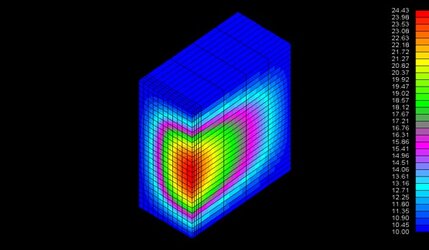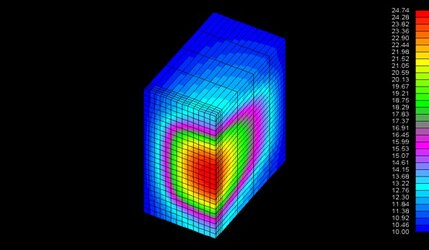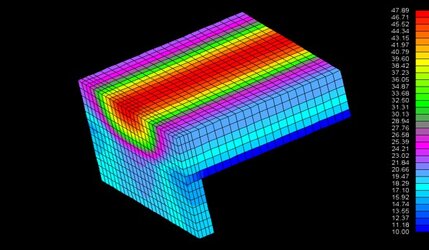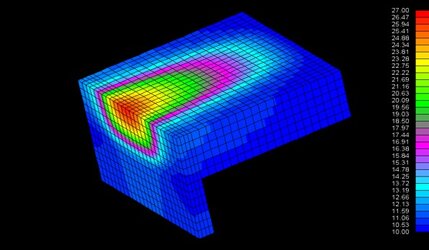- Joined
- Jan 9, 2003
- Location
- Montreal, Canada
something like this?

you either use an external web uploader, in my case theforumisdown.com or you could use the "Attach file" option that you have when you do a "reply" (not quick reply) to a post (just under option). Also, you could send the file to me and i'll upload it with my account over @ theforumisdown. pm me, i'll give you my e-mail address if you want it.
you either use an external web uploader, in my case theforumisdown.com or you could use the "Attach file" option that you have when you do a "reply" (not quick reply) to a post (just under option). Also, you could send the file to me and i'll upload it with my account over @ theforumisdown. pm me, i'll give you my e-mail address if you want it.



